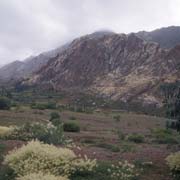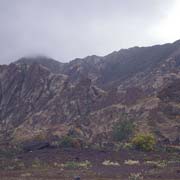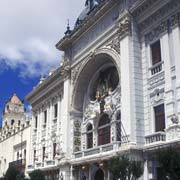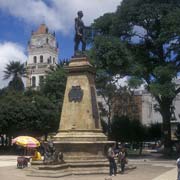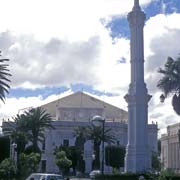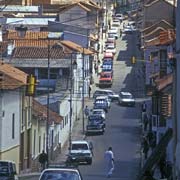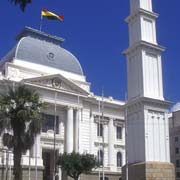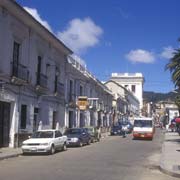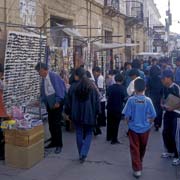Photos of Sucre, Bolivia’s constitutional capital
Sucre, Bolivia’s constitutional capital
Although it is considered too remote after the economic decline of Potosí and its silver industry, and with the Bolivian seat of government moving to La Paz in 1898, Sucre is still Bolivia’s constitutional capital and seat of the Supreme Court. The city is named after Don Antonio José de Sucre, the great marshal of the Battle of Ayacucho (9 December 1824).
you may then send it as a postcard if you wish.
The city has had three other names: Charcas was the indigenous name for the place upon which the Spaniards built the colonial city; La Plata was the name given in 1538 to the emerging Hispanic city of privilege and honour and Chuquisaca was the name bestowed upon it during the era leading to independence; that name lives on in that of the Department of which Sucre is the capital. Independence was declared here on 6 August 1825.
During the colonial era, it was a very Spanish city with its narrow streets in the city centre, reflecting the Andalusian culture embodied in the architecture of the city’s great houses and many convents and churches. The cathedral dates from the 16th Century, and the Iglesia de San Francisco, among others, reflects mudéjar influences. Every year, the city attracts thousands of tourists thanks to its well-conserved downtown with buildings from the 18th and 19th centuries. It is a pleasant and quiet town of about 250,000 people at an altitude of 2,800 metres, with a pleasant temperate climate. It is about 166 kilometres to Potosí.



